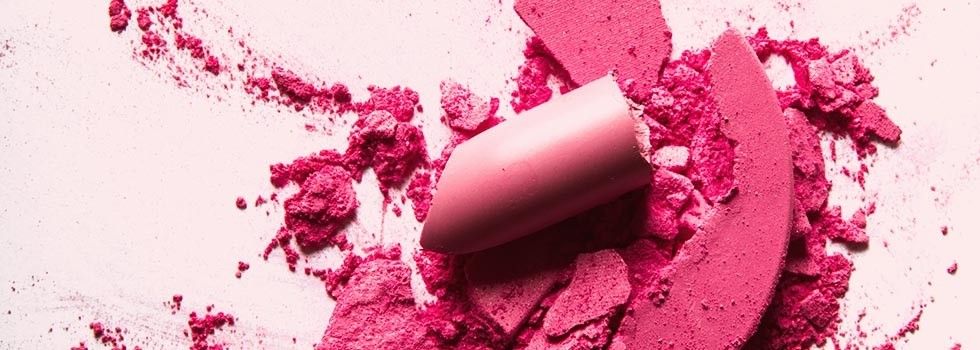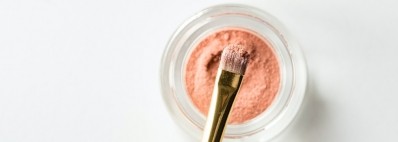Promotional Features
How to make use of ASMR in beauty
By Angelia Teo
There is a tribe of video creators who destroy makeup in the name of relaxation. This is ASMR - the online video genre that is a modern-day phenomenon in the attention economy.
At Mintel, we are excited about the prospect ASMR will bring to the beauty marketer’s toolbox. The genre will allow us to create storytelling with resonance for the many soft benefits of beauty products from fragrance, texture and colour.
This will become even more crucial as the industry heads towards more hybrid textures - bi-phased oil-water, serum foundations and ever-more lightweight lotions and creams.
ASMR - or Autonomous Sensory Meridian Response - describes a physical reaction some people have when they watch video content, often a tingling in their head or spine. ASMR is reaching the mainstream especially during COVID-19 as more consumers turn to digital entertainment as a way to relax and cope.
Most viewers watch ASMR to sleep or relax, but there’s an unintended consequence of watching makeup being crushed and foundation liquids being blended with a knife. Consumers are learning a new textural and colour vocabulary and using it as a proxy for digital "try-ons" to evaluate textures and colour pigments.
For this next generation digital consumer, texture will no longer be something that can be contained in text. The visual destruction of makeup will have far more to say. This is the beginning of a new education and discovery cycle for beauty.
Play with your makeup
When Mintel launched our Beauty Trends for 2030 two years ago, we predicted play to be a stronger motivator for consumers as it draws on our first instincts.
The ASMR community uses a term called “destroying cosmetics” - and crushing and scraping eye shadow or lipsticks just for the sake of filming the deconstruction. In other words, play.
Play features repeatedly in AmorePacific’s Beauty Point YouTube channel - it blends fantasy and imaginative elements of beauty; creating aquarium scenes with its packaging and playing musical notes with wine glasses filled with different viscosity lotions. Its top video has been viewed 16million times.
Beauty likes to manage its image - from polished touched-up advertisements to stylised product shots. In ASMR, however, beauty brands can detach from this perfectionist streak and embrace some of the community norms - including using makeup for purposes for which it was not intended.
Creating satisfying escapism
In our future work, we recommended to target consumers' in-between moments to offer them escapism from the difficulty between distinguishing their home and work spaces - something we saw accelerate exponentially during COVID-19. This is playing out on ASMR with tags such as #oddlysatisfying.
Makeup is usually positioned as an image enhancement tool - in the US, 23% of consumers use makeup to express their personality - but this changes with digital behavior.
In the ASMR scenario, the consumer’s need to recreate makeup looks for themselves is diminished. Unlike tutorial videos, watching someone else do it is the experience - and is also satisfying.
And the makeup looks are not the usual “wear everyday” solutions. Nyx is a forerunner which issues escapism challenges to their followers on Tiktok - getting them to put on cosplay looks and #liftandsnatchbrow, #showandtell. One recurring challenge is “My face is my canvas” where consumers use their faces to draw works of art.
This follows the same triggers we’ve seen in Chinese makeup users - 44% strongly agreed that the process of applying makeup is a pleasure. Among young consumers, 46% of those aged 18-24 strongly agree that taking photos to share the results of makeup is a fulfilling experience.
What’s interesting is that when we asked US consumers what benefits they wanted from makeup - over 32% said that it gives them joy. This is fundamental to the proposition of makeup - and it intensifies today as consumers realise it is no longer necessary to wear everyday makeup and are seeking new ways to spark enjoyment in makeup.
These are not easy shifts in mindsets for the beauty community - we are bonded to being useful and creating value. Except, ideas of value have dramatically shifted. ASMR will enable brands to speak this new textural language of beauty as fluently as their consumers.



